Even before the project took off, we were facing a very important question. We already had done some reconnaissance field work with the communities targeted. Our field teams all came back with one single issue: How do we motivate those, who live for a day at a time? Who have outright rejected our offer of furthering their knowledge and of a better tomorrow?

Our task in hand was to clearly tell the field team what we intended to do and how. The first parameter was to adopt a language where there could not be a scope for misinterpretation or misunderstanding; so we dropped the idea of sopoken or written language altogether. Our only scope was to adopt visual narratives that brings us all to the same understanding of the process and target impact.
The first was to visualize the process and communicate so that linkages between all parameters and all components of the project is understood by having one glimpse. So we mapped the process and its owners first:
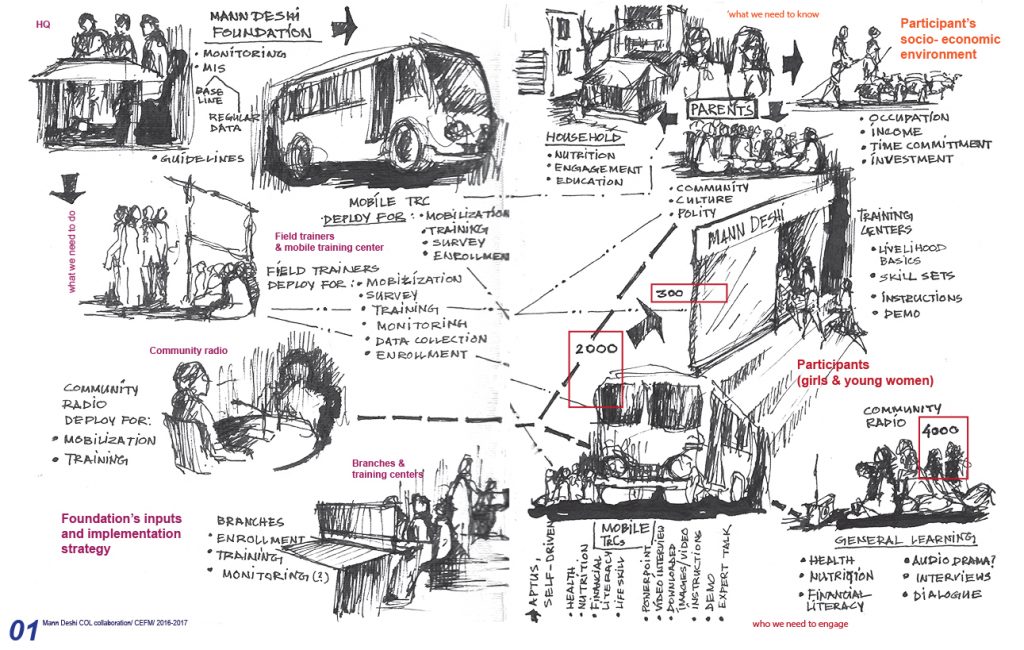

The second was to communicate the impact we are seeking and again at just one go:
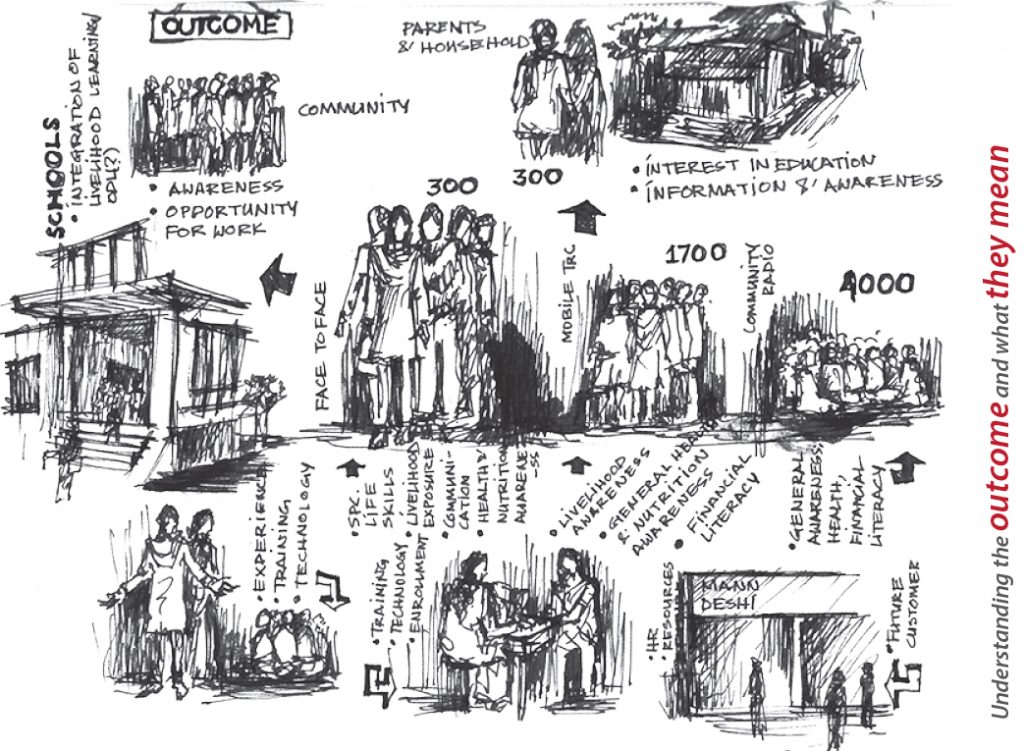
And the third was to map both the process and impact so that it is easier to understand and motivate ourselves knowing what we are doing is right:
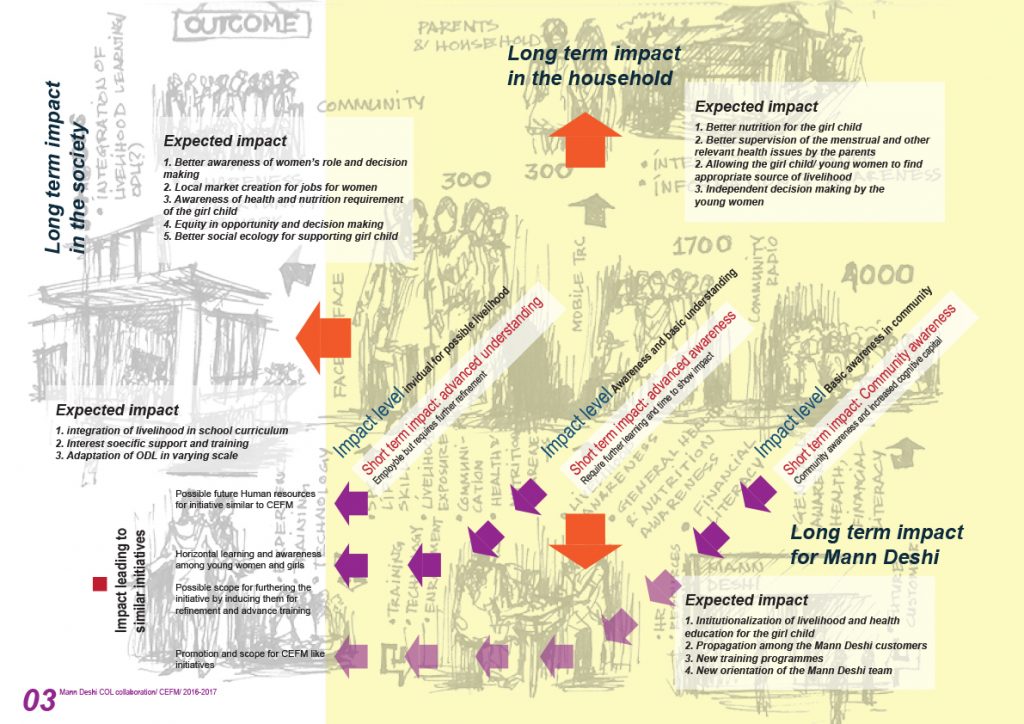
But will this be enough to guide a field team that is operating in such a diverse geographic and social scenario? perhaps not as the diagrams we created is still not broken down in steps. How do we do that so that it is understandable, executable and most importantly motivating. Again, we banked on minimum of spoken and written instructions, but created a comic book that guides us step by step into the process of project implementation:

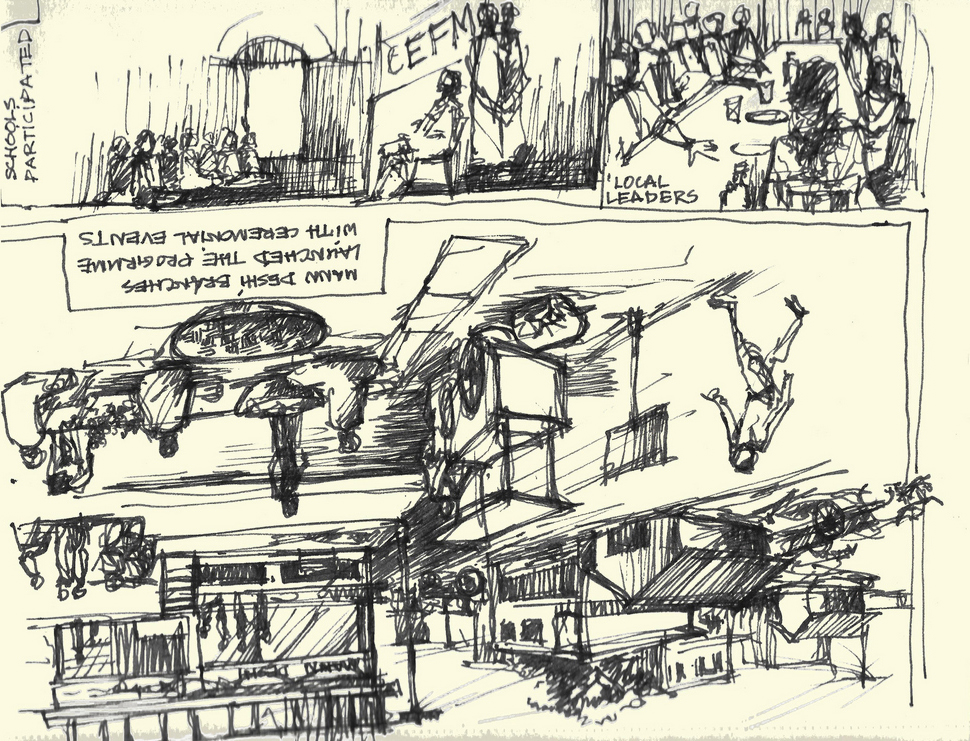
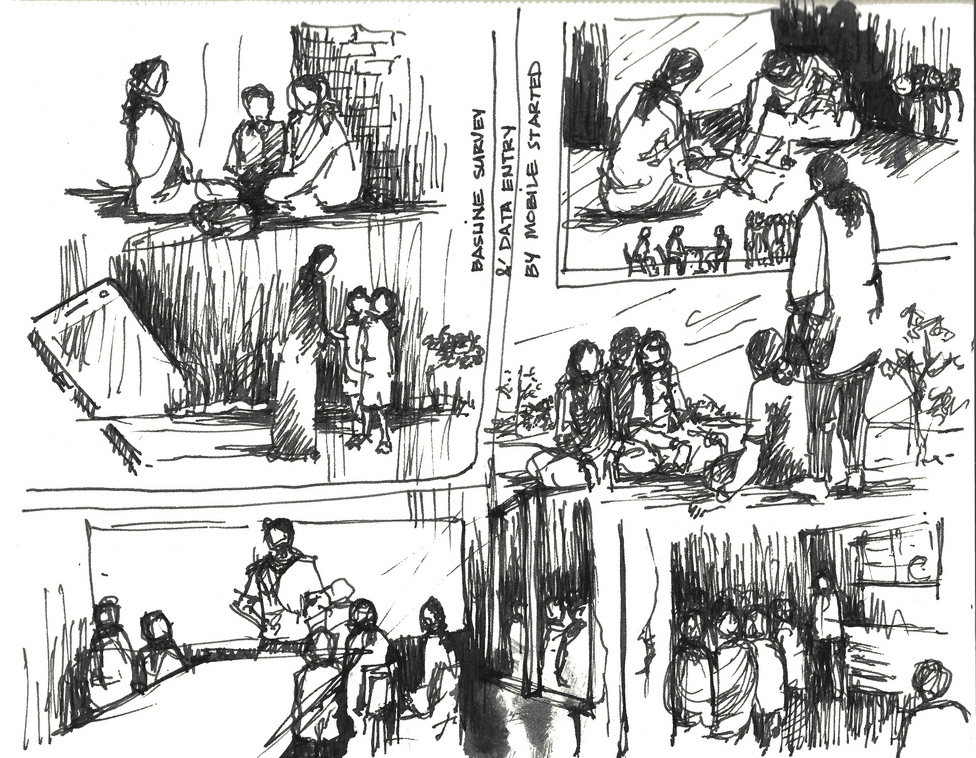
This has set our project in an unique tune. Our approach is that to tell stories of those who succeed and who don’t; our aim is to inspire by seeing and showing those who rose from every shadow that Child, Early and Forced Marriage (CEFM) could and will cast.
Mann Deshi Foundation
Established in 1996, the Mann Deshi Foundation empowers rural women by supplementing the Bank’s financial service offerings with training, capacity building, skills development, awareness programmes and information sharing.
Mann Deshi Bank and Mann Deshi Foundation are independent institutions with similar mission and vision. Mann Deshi Bank, one of India’s largest women’s cooperative banks, is run by women, for women. Mann Deshi delivers a range of financial services – loans, savings, pension and insurance products – to unbanked, rural Indian women with very limited formal education, enabling them to finance their own businesses and to purchase property. Since the bank has been established, over 200,000 women in Maharashtra have been supported.
The Mann Deshi Foundation and the Commonwealth of Learning (COL) are working in collaboration through the GIRLS Inspire project to empower girls and women who would otherwise not have access to skills-based and life skills learning due to labour migration, early marriage, distance to school, security concerns and costs of schooling.
Learn more about Mann Deshi here.
Menu


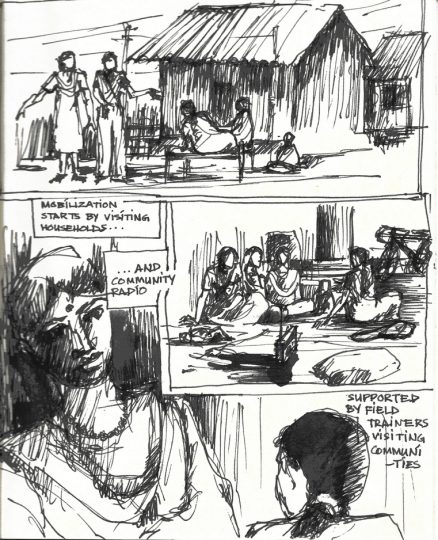
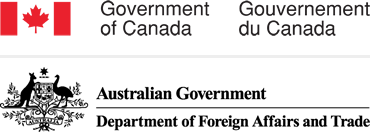
1 thought on “Visualizing Impact – our approach at Mann Deshi”
Dear Kuntal and team,
This is a great BLOG! Visualization transcends language barriers . I am sure the other countries will be able to learn from this BLOG!
All the best with your good work at Mann Deshi.
Frances
Comments are closed.